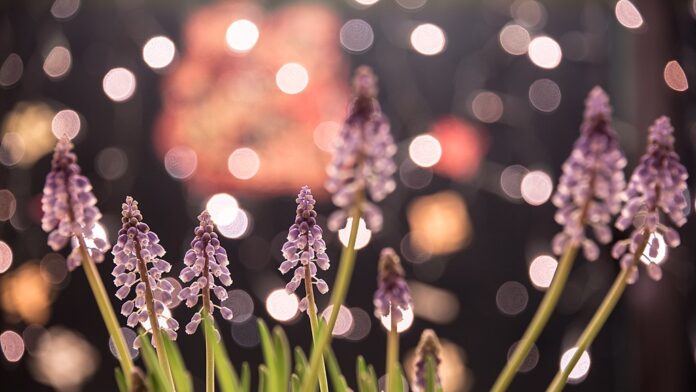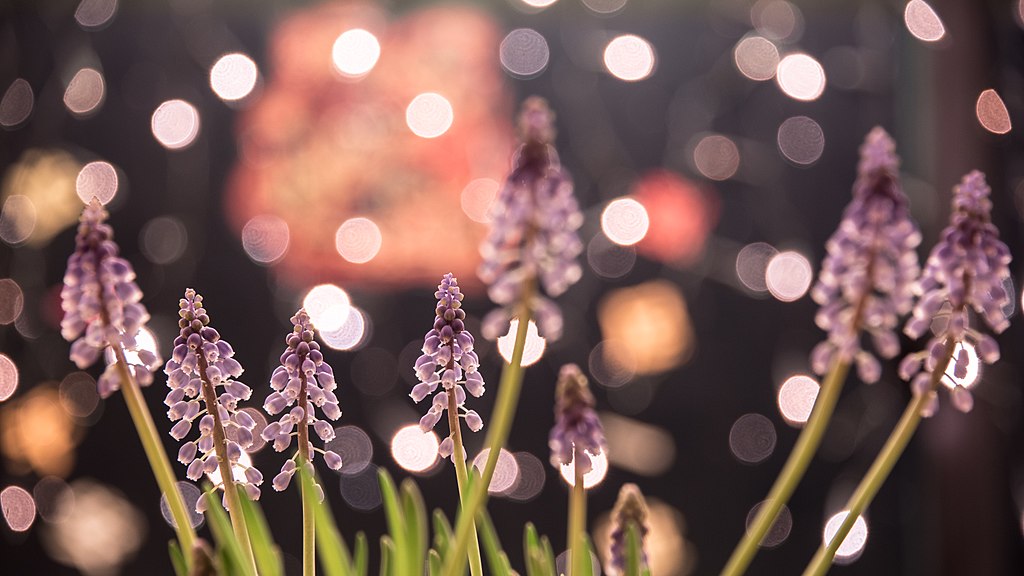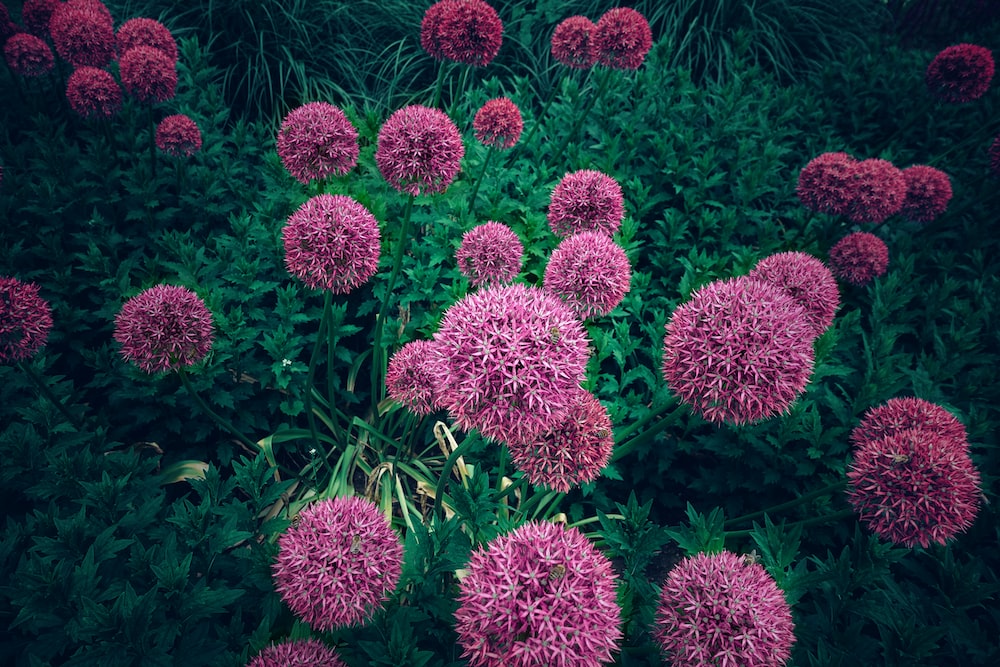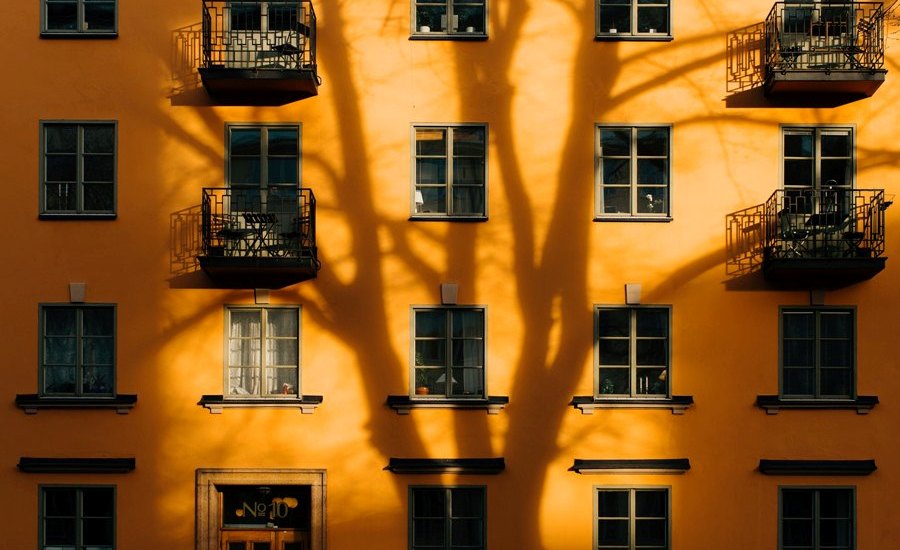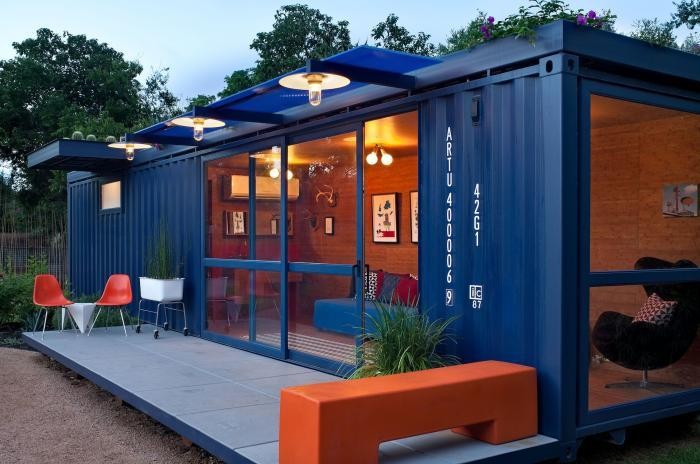Bulb flowering plants are a great choice for any garden because they provide spectacular color and visual interest in the first few weeks of spring. In fact, you can have gorgeous flowering bulbs blooming as early as mid-November if you choose the right ones.
At first glance, choosing bulbs might appear to be a straightforward process. After all, there are so many different types of bulbs on Florium.com to choose from. However, once you start looking at the different species of plants within that broad category, there is a lot more variety than it seems at first glance. There are literally hundreds of different kinds of bulbs flowers you can use to add color and fragrance to your garden, but only some will thrive in your specific climate and soil conditions.
What to look for when buying flowering bulbs
Here are a few things to look for when buying bulbs.
- Bulb size. Bulb size is a crucial factor that will affect how long your bulbs last. Larger bulbs tend to last longer than smaller ones, but they also take longer to bloom. Smaller bulbs are a better choice if you want to get flowers earlier in the growing season.
- Bulb condition. Make sure the bulbs you buy are firm and that the surface is intact. If the bulbs appear shriveled or dried out, they may not bloom at all. If the bulbs are soft or squishy, they are probably too old to use.
- Climate. Some bulbs are better suited to certain regions than others. While many bulbs are very adaptable and can be grown in a wide range of environments, some are simply not cold-hardy enough to survive in certain parts of the country. Be sure to check the hardiness zone for each species of bulb you are interested in growing.
- Bloom time. Some bulbs are very early spring-blooming, while others are better at popping up in the fall. Make sure you buy bulbs appropriate for your growing conditions and that flower at the time you want them to.
Tender and hardy bulbs
Some garden flower bulbs are hardy, which means that they can survive the winter and thrive in a wide range of environments. Others are tender and need to be grown indoors in pots or in special conditions where they can be protected from the cold. Tender bulbs can be grown as annuals or simply purchased as bedding plants that are grown in pots and then discarded once the flowers are spent. If you choose to grow tender bulbs, it is crucial to select ones that are known to perform well in your specific environment.
Hardy bulbs, on the other hand, can be planted in the fall and left in the ground throughout the winter—they will simply go dormant. They will then pop back up in the spring and provide a beautiful burst of color. Hardy bulbs are often used in naturalized and wildflower gardens.
Spring-blooming bulbs
Early spring-blooming bulbs, such as hyacinths, grape hyacinths, daffodils, jonquils, and tulips, are often repotted and then kept indoors in pots over the winter. This ensures that they get the appropriate amount of light and warmth needed to produce a stunning display in the spring. Grape hyacinths are a bit of an oddball in this group of spring-blooming bulbs. They will flower in the spring and then rebloom again in the summer. Grape hyacinths are a type of bulb flower that can be grown in many parts of the country.
Summer flowering bulbs
Summer-blooming bulbs are typically too large and too heavy to be repotted and kept indoors. Instead, they are planted in the ground in the fall and left in the ground to go dormant. They then pop up again in the summer, producing a stunning display that is wonderful for attracting butterflies and other pollinators. Examples of summer-blooming bulbs are:
- Allium;
- Oriental lily;
- Begonia;
- Freesia;
- Gladiolus;
- Polianthes tuberosa;
- Crocosmia;
- Bearded iris.
Fall flowering bulbs
Autumn-blooming bulbs, such as crocuses, dahlias, nerines, sternbergias, cyclamens, gladioli, and begonias like to be left in the ground in almost any type of soil and climate. They are usually planted in the fall, which allows them to go dormant and make use of any extra nutrition left in the soil from harvesting other crops. Dying autumn leaves are a great backdrop for these beautiful and vibrant flowers.
Conclusion
Bulbs are one of the best ways to add color, fragrance, and visual interest to your garden in the early springtime. When choosing bulbs, make sure to select those that will thrive in your specific climate and soil conditions. Also, take into account the amount of time you have to plant them and the type of look you want to achieve in your garden. Now that you know what to look for when buying bulbs, you can choose the right ones for your garden and get ready to enjoy a spectacular spring show!

